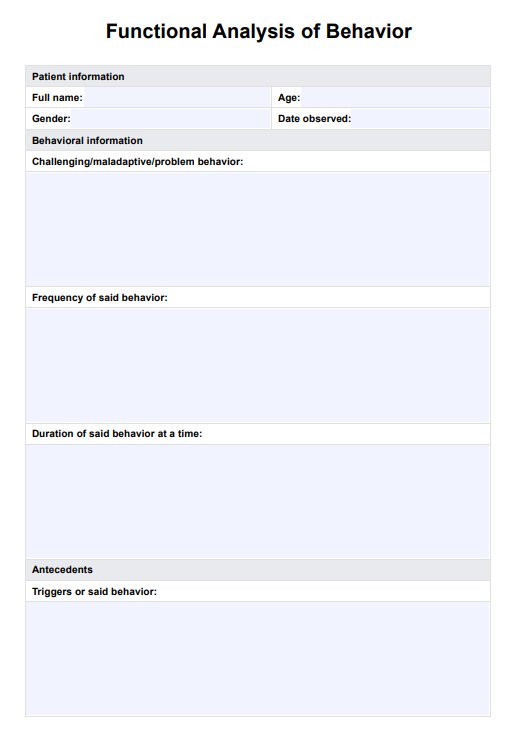Functional Analysis is used by various healthcare professionals such as psychologists, psychiatrists, therapists, occupational therapists, and professionals dealing with chronic disease management, substance abuse counseling, and eating disorders therapy.












